

As summer comes to an end, so to does Xbox Live’s Summer of Arcade promotion. We’ve seen shooting. We’ve seen wrecking. We’ve seen dead lighting, whatever that is. Anchoring this relay of downloadable goodness is Dean Dodrill’s Dust: An Elysian Tail. Yes, “tail” with an “I” … like TailSpin. Does the little-2D-action-RPG-that-could have what it takes to send off this year’s arcade event in a blaze of sword-swinging, hand-painted glory? Read on to find out.
The easiest way to describe the look and feel of Dust would be to imagine the painted style of Bastion as a 2D side-scroller with smoother, The Dishwasher: Dead Samurai-esque combat, a leveling and crafting system mixed in for added flavor, and a dash of Metroid-vania exploration to top things off. However, despite being in some solid company with the aforementioned titles, to dismiss it so briefly would be a great disservice to a game that is truly masterful in its execution. Dust is a game that wears its love for the classic RPG genre proudly on its sleeve. Its various RPG inspirations are apparent, and its melding together of not only the RPG genre but also 2D-action-combat as well as platforming is done with a thoughtful grace that many games fail to achieve.
The game’s narrative is firmly rooted in the RPGs of yore. Using the time-honored tradition of amnesia-stricken lead characters, the gameplay opens, after a brief interactive cutscene, with the game’s titular character, Dust, awakening for the first time. He doesn’t know who he is, why he’s in the middle of a forest or why there is a magical sword talking to him. The sword, Ahrah, is there to help Dust answer those questions and perhaps find his purpose. Coming with the sword as part of a package deal is Fidget, the fuzzy, winged guardian of Ahrah. Fidget is there to aid Dust on his journey, assist him in combat and provide some comic relief from time to time.
The story doesn’t tread any new ground really, but the delivery is solid throughout with strong dialogue and voice-acting that keeps a saccharin character like Fidget on the endearing side of the fence rather than the corny and irritating side. There is a charm to all of the characters that helps create the world of Falana around Dust and form an engaging narrative landscape for the players to dabble in. It’s nothing short of engrossing and a complete joy in which to play.
Dust learns of a race called the Moonbloods who are facing a potential genocide at the hands of General Gaius. This is the one spot where the narrative falters, representing a missed opportunity to go one step beyond what most games do. Gaius is the classic RPG villain in that he is portrayed with great conviction that his actions are right, but he’s obviously going about it in an awful way. He is clearly painted as the enemy, and the Moonbloods, the victims.
Here’s where it gets messy. It’s made clear from the jump that Dust is connected to both sides of the war somehow, and the game wants to use this to imply some sort of inner struggle about which side Dust should be playing for. But because General Gaius’ motivation is never presented, he can only ever look like the generic bad guy because he’s doing all the killing. Did the Moonbloods attack Gaius and his people first? Does the Moonbloods’ existence somehow threaten Gaius’ peoples’ existence? The game never tells the player, so any ambiguity it tries to suggest is rendered meaningless. There’s also a pretty major narrative-versus-gameplay disconnect that happens at a crucial point in the game. Getting any more specific would get into spoiler territory, but needless to say, it’s there, it’s obvious, and it’s a little distracting.
The game’s combat is a standout highlight. Utilizing a basic move-set, Dust’s depth comes from the player’s ability to fly around the screen using their momentum to jump from one enemy to the next in order to string together combos that eventually number in the thousands. It’s not about memorizing a playbook of button combos, but rather understanding how to capitalize on the abilities the character does have and combining them with strategic movement that will keep Dust out of harm’s way and the hits flowing. It also can’t be overlooked that it simply looks fantastic as Dust darts around the screen dispatching healthy dollops of justice to his foes. Most importantly, the game nails the ever-so-vague, but ever-so-crucial combat notion of: It just feels right. The highly satisfying nature of the swordplay becomes even more rewarding as players master it, and it keeps the game from feeling stale even with such a limited move-set.
Aside from all the hacking and slashing, players will get to take a break in order to do some treasure hunting, platforming and exploring. Taking the Metroid-vania approach, there are areas only reachable once Dust has acquired certain skills. However, what sets this game apart is that these areas are reserved for collecting loot and fulfilling side missions. The roadblocks never get in the way of actual progression, a breath of fresh air for those easily frustrated by back-tracking. Players looking to spend more time with the game will have plenty of extra missions to complete and some rather amusing XBLA-related unlocks to collect. Gamers looking to fill in all the dots could easily spend over a dozen hours here.
The game is filled with items that will aid Dust in his journey. Some are instantly helpful while others are materials that the player will need to collect in order to craft new items that will make Dust stronger and safer. The only part of the character that doesn’t really ever get an upgrade is the weapon. While attack stats certainly go up, the sword remains the same. While this lack of weapon variety may irk some players, it does make sense since Ahrah is an integral part of the story.
Although it mostly goes without saying, Dust: An Elysian Tail looks stunning. Screenshots and video clips of this hand-animated and painted beauty really don’t do it justice. Seeing the full game in motion and its varied landscapes is a sight to behold. A staggering attention to detail and little visual flourishes, like running through a meadow only to be passed up by a herd of running deer, are everywhere. Character designs never disappoint and vary with each new location. Dust will grab the player by their eyeballs and yank them into this world almost instantly.
The two areas where Dust stumbles noticeably are when it falls back on some RPG tropes that are a bit tired in the modern gaming age. The first is save points. Yes, many RPGs use them, but many gamers are adults that don’t have time to replay 30 minutes of gameplay because they happened to die just before reaching another save point. It doesn’t happen often, but it can happen. The other head-shaking no-no is the uneven jump in enemy strength in the last section. As long as the player is leveling up and getting the hang of the combat system, the bulk of the game can be enjoyed with a near-perfect balance of challenge and reward.
By the end of the game, enemy grunts suddenly are overpowered, and the players may find themselves wasting health items right before the big boss battle. This is the only spot of the game that may require some grinding in order to level up and acquire the best gear. Unfortunately, that grinding brings an otherwise superbly paced game to a grinding halt.
Its brilliantly balanced genre blending ensures that there’s a little something for everyone without watering down any one part thanks to its wonderful execution. Anyone looking to finish their summer gaming schedule the right way would be hard pressed to find a better option than Dust.
Dust: An Elysian Tail is available exclusively on XBLA for 1200 MS Points.
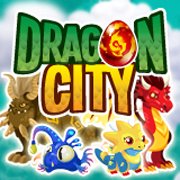

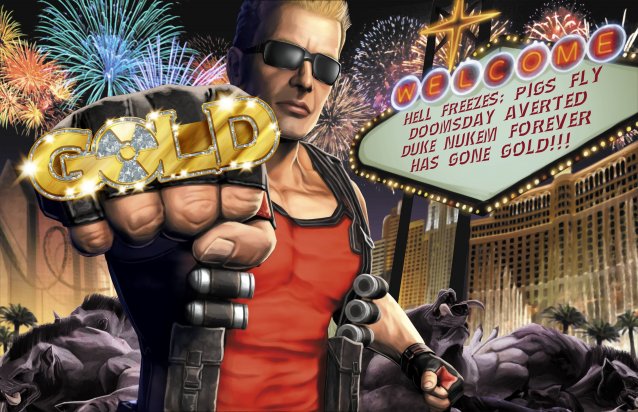

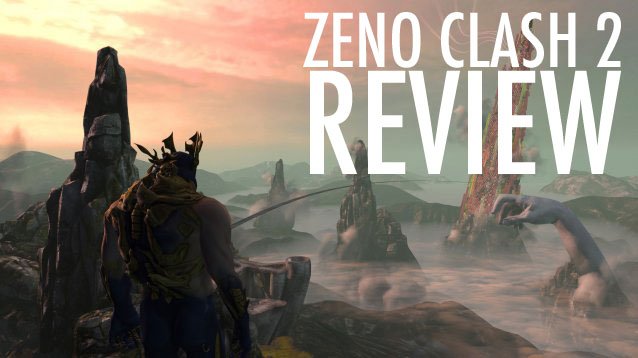 Zeno Clash 2 Review: Good Gameplay, Bad Presentation
Zeno Clash 2 Review: Good Gameplay, Bad Presentation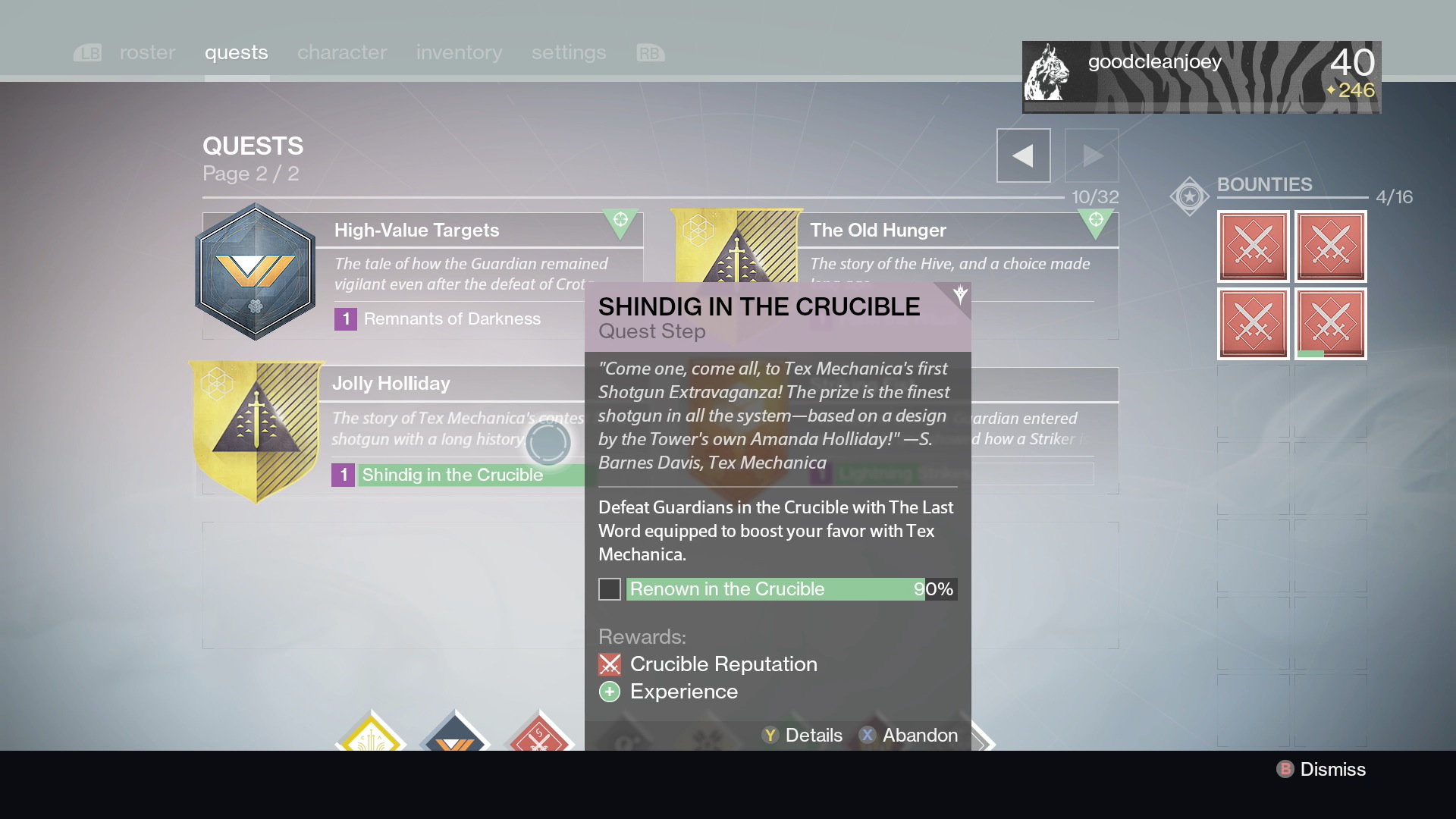 Destiny: The Taken King - How to get the Chaperone Exotic Shotgun
Destiny: The Taken King - How to get the Chaperone Exotic Shotgun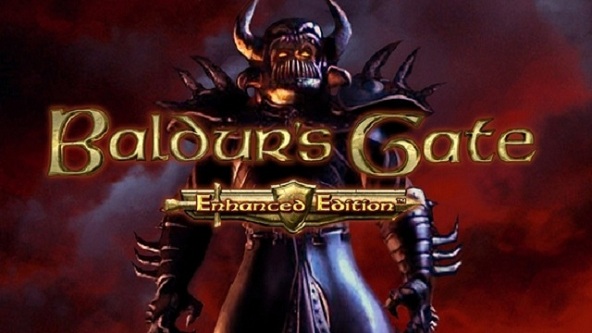 Baldur’s Gate: Enhanced Edition Walkthrough
Baldur’s Gate: Enhanced Edition Walkthrough What Is the Best Way to Stream Music for Free on Android?
What Is the Best Way to Stream Music for Free on Android?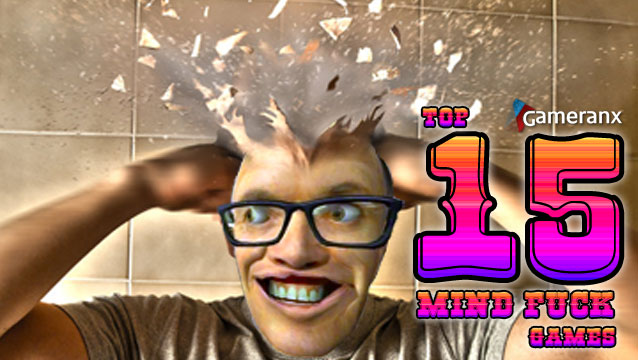 Top 15 Mind F*ck Games: Blow Your Brains Out
Top 15 Mind F*ck Games: Blow Your Brains Out